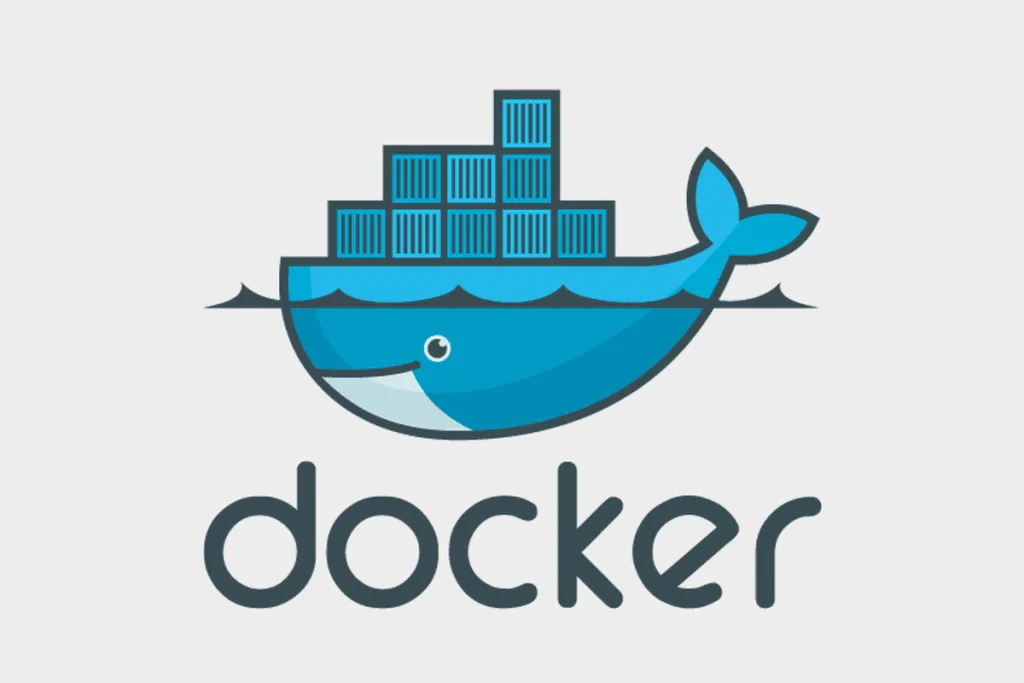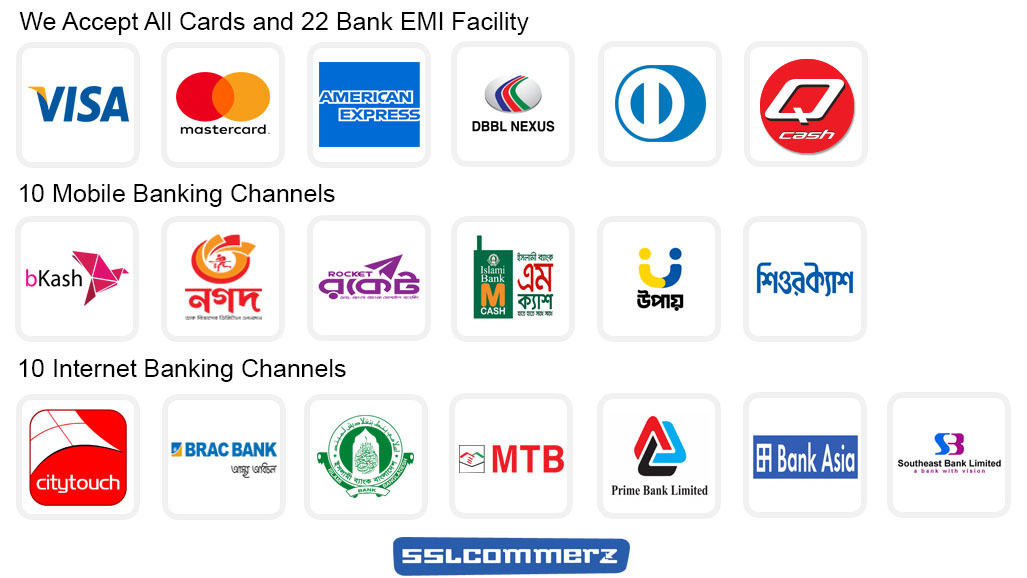Mastering Docker (For System Administrator)

Docker is the world’s leading software containerization platform. It packages your application into one standardised unit, wrapping it into a complete file system that contains everything needed to run on a server. Kubernetes is a system created by Google to automate the deployment, scaling and management of containerized applications (like the ones Docker creates). The two combined make life a breeze for anyone needing to transport, install and maintain complex software applications anywhere.
Course Objectives
This is a hands-on course is designed to teach you how to:
- Set up Docker engine, workstation
- Configure Docker engine
- Build and Manage Docker Images
- Bundle applications in Docker images
- Setup Docker Swarm cluster
- Run applications in Docker swarm cluster
- Run applications on Kubernetes cluster
Target Audience
- Full Stack Developers
- Anyone deploying containerized applications
- Site Reliability Engineers (SREs)
- DevOps Engineers
- Operations Engineers
Course Pre-Requisites
- No prior knowledge of the Docker /Containerization is required. This course is designed for individuals new to the Docker.
- Participants must be comfortable using the terminal or command line.
- Basic understanding of Linux/Unix OS.
Course Summary
Course Fee
৳ 8,500
Training Method
Online
Total Modules
10
Course Duration
24 Hours
Total Session
12
Class Duration
2 Hours

Details Course Outlines
Module-01
Getting started with Docker
- What is Docker?
- Container Vs Virtual Machine
- Docker Architecture
- Installing Docker
- Download your first image
- Create Multi Stage Dockerfile
- Run Applications as Docker Container
- Run Applications as Docker Container (Continued)
- Docker Commands
- Lab Practice
Module-02
Handling Docker Containers
- Controlling Application in Docker
- Container Lifecycle (Details)
- Difference Between COPY and ADD
- Dockerfile PHP
- Build & Run
- PHP+MYSQL Docker Images
- Lab Practice
Module-03
Docker Networking & Deploying Two Tier Application
- Docker Network
- Create a Docker Network
- Build & Run a PHP WebApp Docker Image
- Build or Pull & Run a MySQL Image
- Exec into MySQL DB and Import Data
- Check PHP+MYSQL WebApp
- PHP Framework: Build Docker Image of Laravel
- Lab Practice
Module-04
Docker Registry & Publish Image
- Build & Run Multi Stage Dockerfile
- Docker Registry
- Publish Image
- Private Repository
- Tagging Docker Images
- Lab Practice
Module-05
Docker Compose & Sharing Data Volumes
- What is Docker Compose
- Docker Compose
- PHP+MYSQL Docker Compose
- PHP+MYSQL Docker Compose Implementation
- Volumes
- Shared Volumes
- Lab Practice
Module-06
Docker Compose Practice
- Build Spring Boot Java Application
- Build PHP Laravel Application
- Build Python Flask Application
- Docker Compose Resource Management
- Lab Practice
Module-07
Docker Containers with Nginx
- What is Nginx
- Nginx Setup
- Python Flask +MySQL Docker Container
- Connect Docker App with Nginx
- Lab Practice
Module-08
Docker CI/CD Pipeline
- What is CI/CD Pipeline
- Docker CI Pipeline (Part 1)
- Docker CD Pipeline
- Live Application Deployment with Docker CI/CD & AWS/Azure Cloud Server
- Lab Practice
Module-09
Microservices Deployment with Docker
- What is Microservices
- How to write Docker Compose YML deployment file for Microservices
- Setup Nginx in AWS/Azure Cloud Server
- Deploy Microservices with Nginx in AWS/Azure Cloud Server
- Lab Practice
Module-10
Docker Containers Extra
- Difference between RUN, CMD, & Entry point in Docker
- Docker Arguments
- Application deployments with docker build arguments
- Lab Practice
